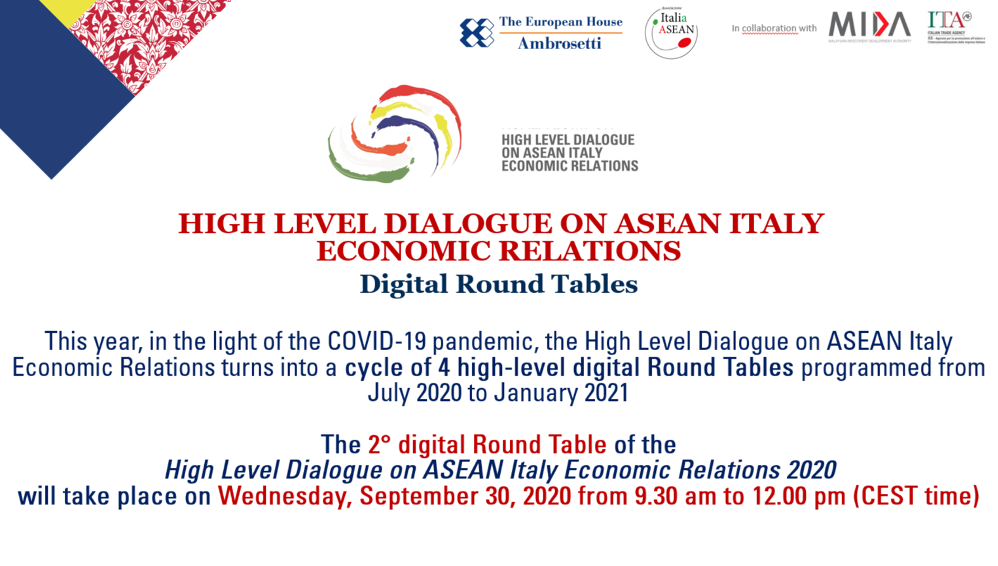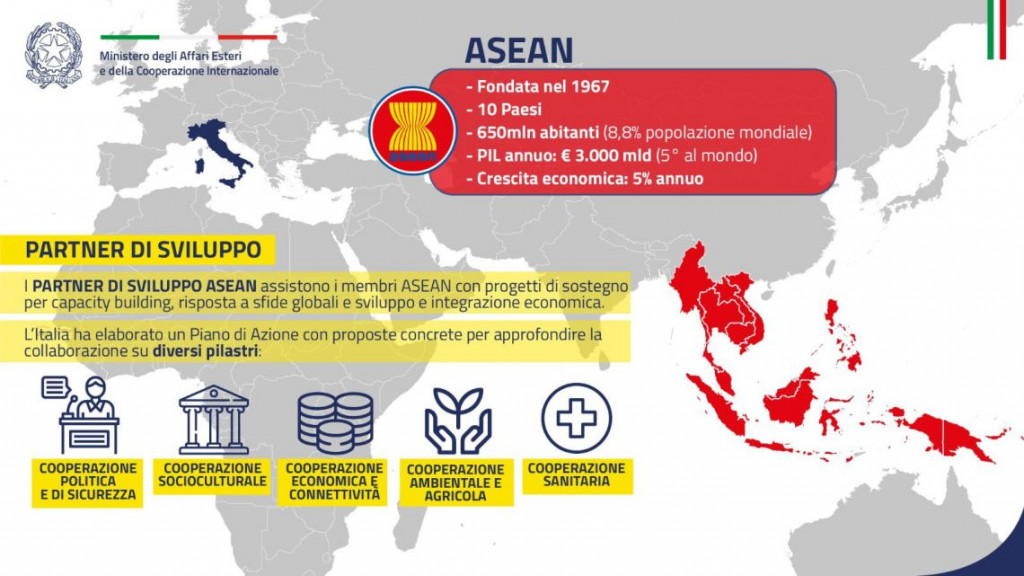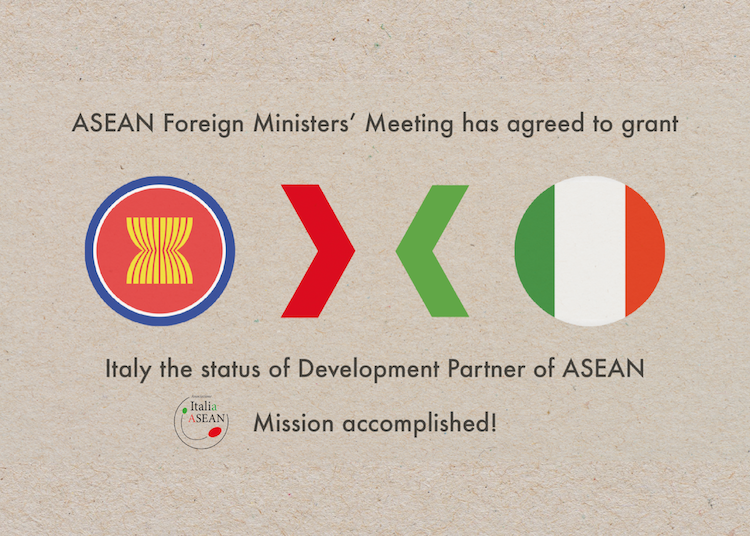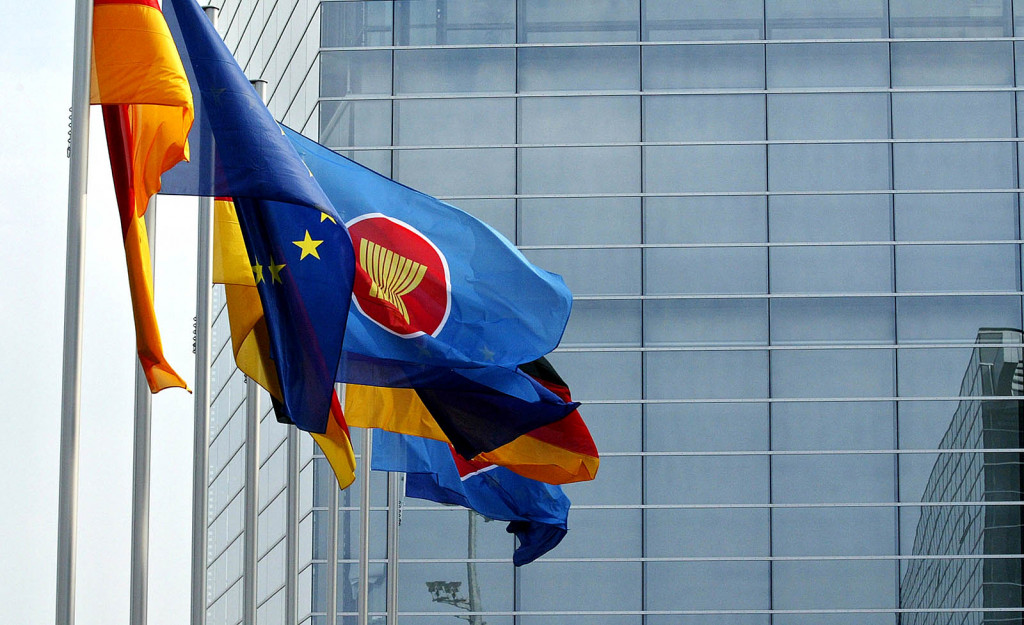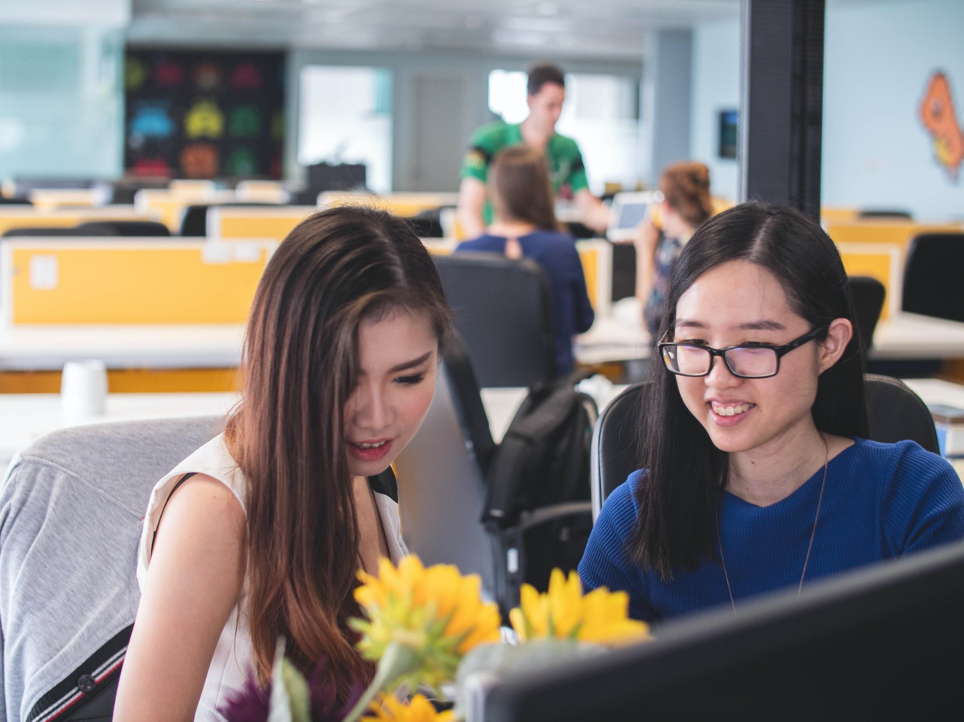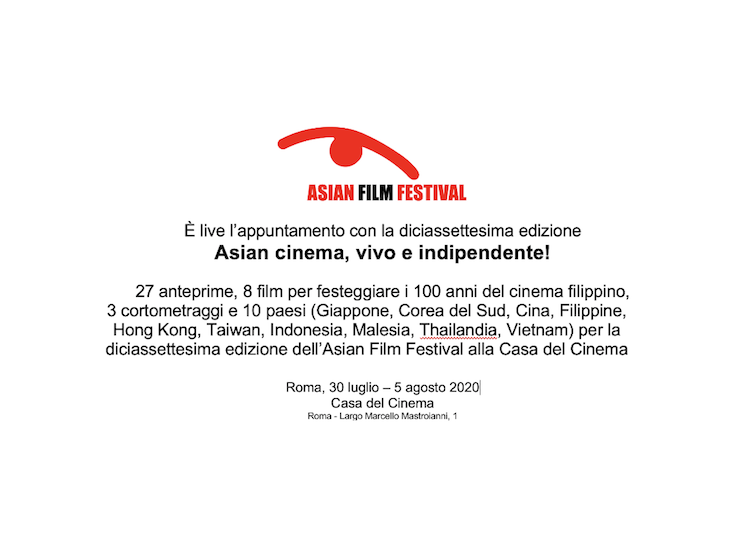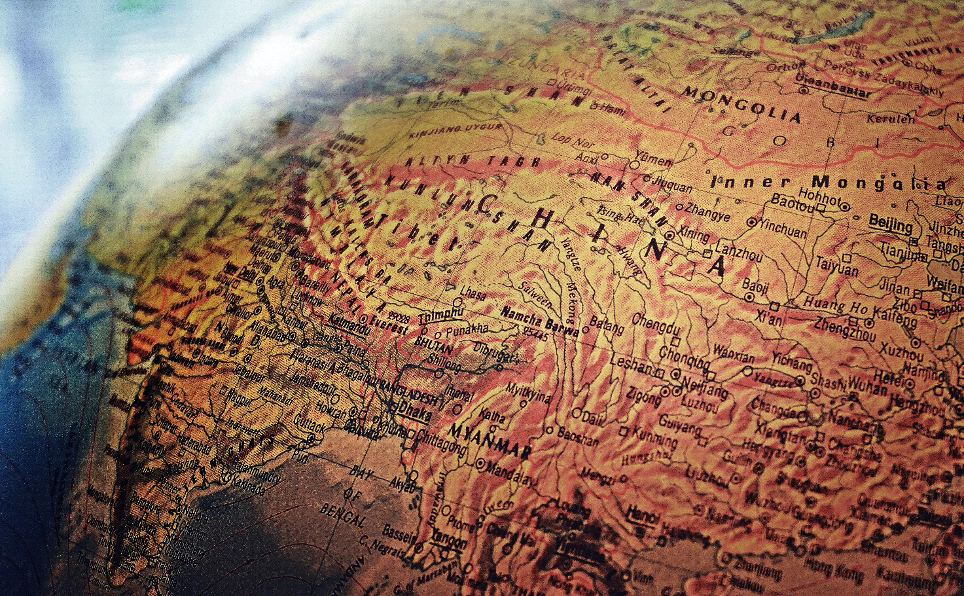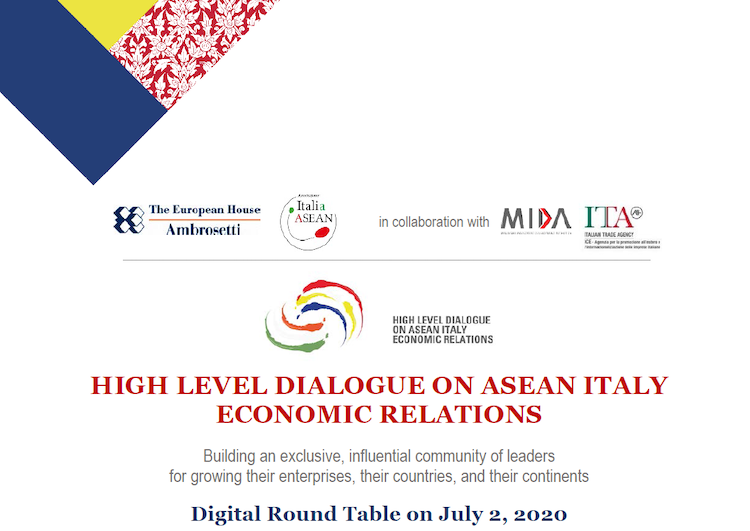At the center of the discussion technology and innovation, with a focus on investment opportunities in ASEAN Countries
On Wednesday 30th September, the 2nd round table of the Digital High Level Dialogue on the relations between Italy and ASEAN took place, organized by The European House Ambrosetti in collaboration with the Italy ASEAN Association. Now that Italy has officially become an ASEAN Development Partner, the importance of the South-East Asian region for Italian trade and exports is growing. In particular in the fields of manufacturing, technology and connectivity, Italy and ASEAN now have a unique opportunity to advance relations and achieve important common goals.
Preponderant since the outbreak of the pandemic has been the theme of the digital revolution. During the most acute phases of the crisis, the role of connectivity has been fundamental to uphold a resilient approach, allowing to not interrupt the production cycle and pushing companies to rethink their development models. Despite the overall decline in economic activity, the digital sector grew significantly during the pandemic and is now one of the most dynamic sectors, especially in Southeast Asia. More and more companies are aiming to expand the offer of digital services in the region, investing in artificial intelligence and big data, and ASEAN governments seem willing to support this process to reap the benefits of the digital revolution. In the post-pandemic phase, it will therefore be essential to increase investments in the digital sector in order to foster the economic recovery.
In particular, during the event, several speakers highlighted the need to diversify investments in technology to exploit all the possibilities that this sector can offer. Particularly interesting was the theme of smart-cities and the technological development of urban centers. As densely populated countries, several members of ASEAN find it very difficult to manage the increasingly chaotic and dynamic megalopolises of the region. In this sense, technology offers extremely interesting tools, from mobility management to infrastructure, energy supply and the food sector. According to several experts who intervened, more investment in digitization will be crucial to increase the competitiveness and productivity of companies, and to create more innovative and sustainable social ecosystems. The space to intervene is vast, and Italian companies should also focus on the rich markets of Southeast Asia to diversify investments and ride the growth wave of ASEAN countries.
Finally, particular attention has been paid to the situation of the aviation sector, one of the most affected by the consequences of the pandemic. The entry bans for foreign citizens imposed in many countries during the most serious phase of the health emergency, together with the restrictive measures still in place to contain the spread of the virus, have put a strain on the airlines and therefore the entire aviation sector. Among the speakers, Emanuele Lourier, Sales Manager of Leonardo, presented two possible scenarios for the near future of this sector. The first would see a recovery of air traffic starting from 2022, with a gradual return to 2019 levels; the second, more pessimistic, foresees a recovery of the sector in 2023, with a return to effective growth only in 2024. However, despite the difficulties of recent months and the challenges of the coming years, air traffic in Southeast Asia is expected to grow by several percentage points over the next ten years, in line with population growth. This sector, too, can therefore still offer interesting opportunities for companies that are willing to focus on the long term.
Despite the pandemic is complicating international relations, Italy and ASEAN continue to focus on multilateralism and free trade to get out of this crisis. Only through greater forms of cooperation the two regions can relaunch growth and build an innovative and sustainable economic model. The next years will be fundamental in this sense, it will be up to governments and companies to lay the foundations for recovery, aware of the potential that cooperation between Italy and ASEAN can offer.
Article edited by editorial Staff

